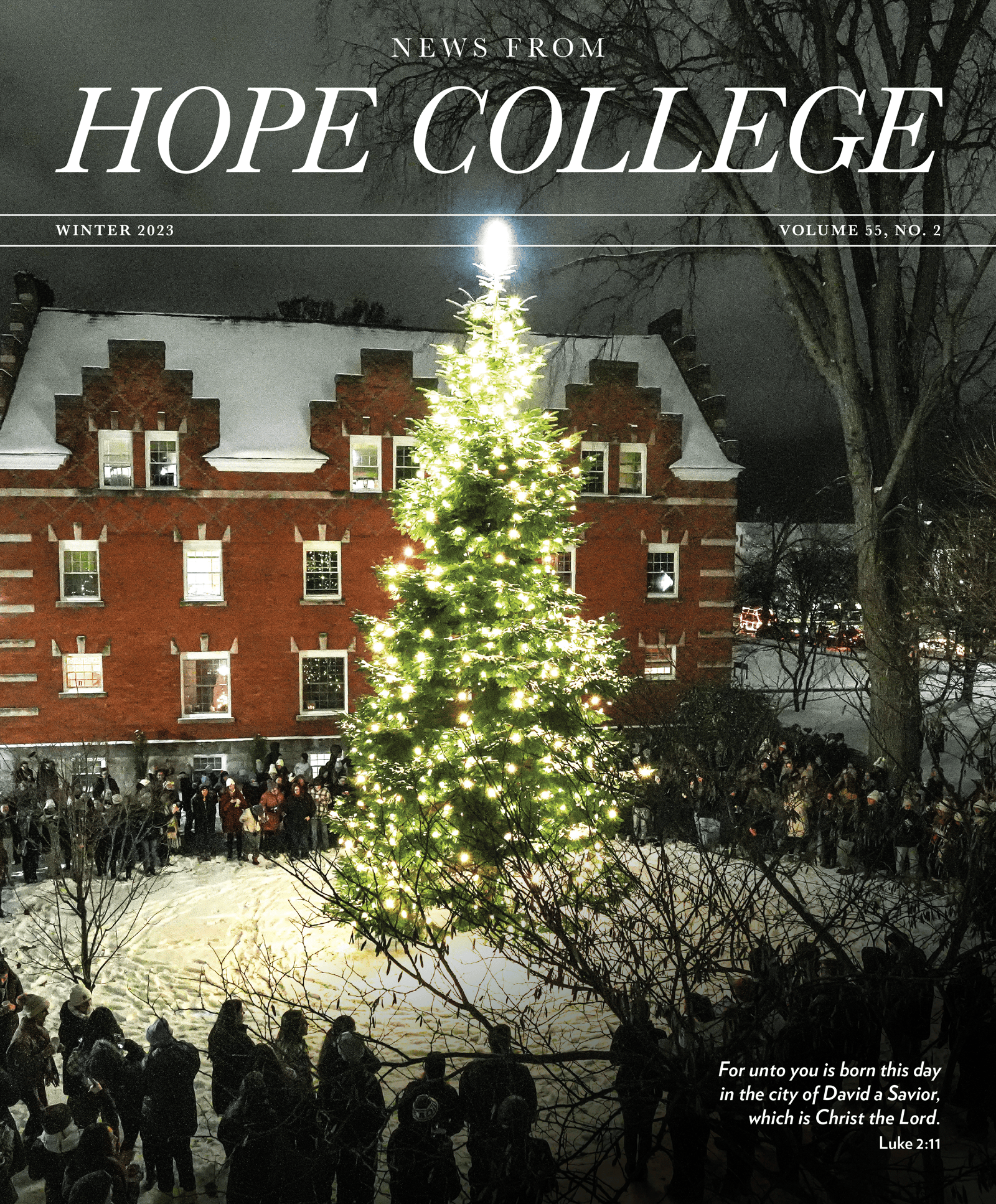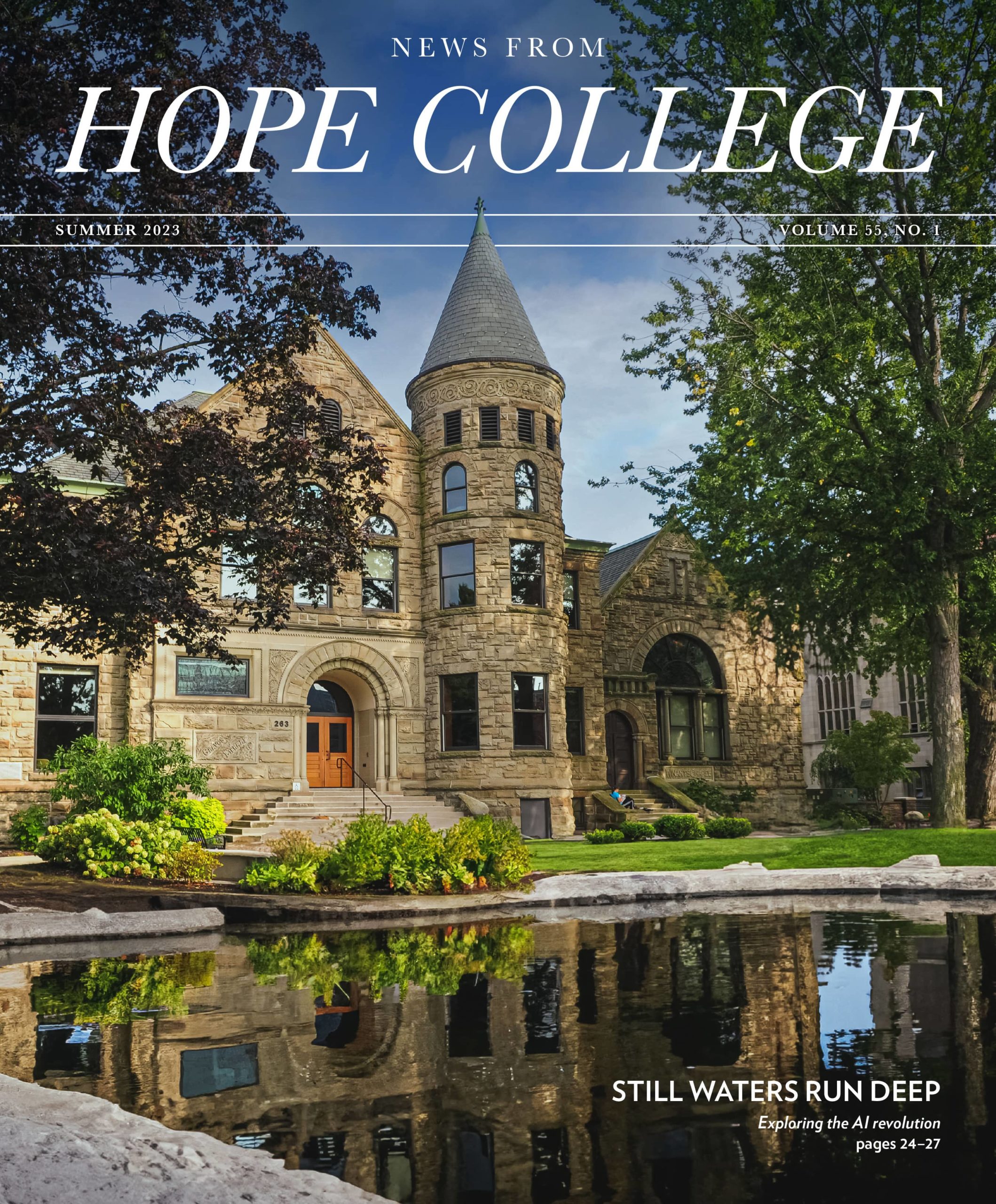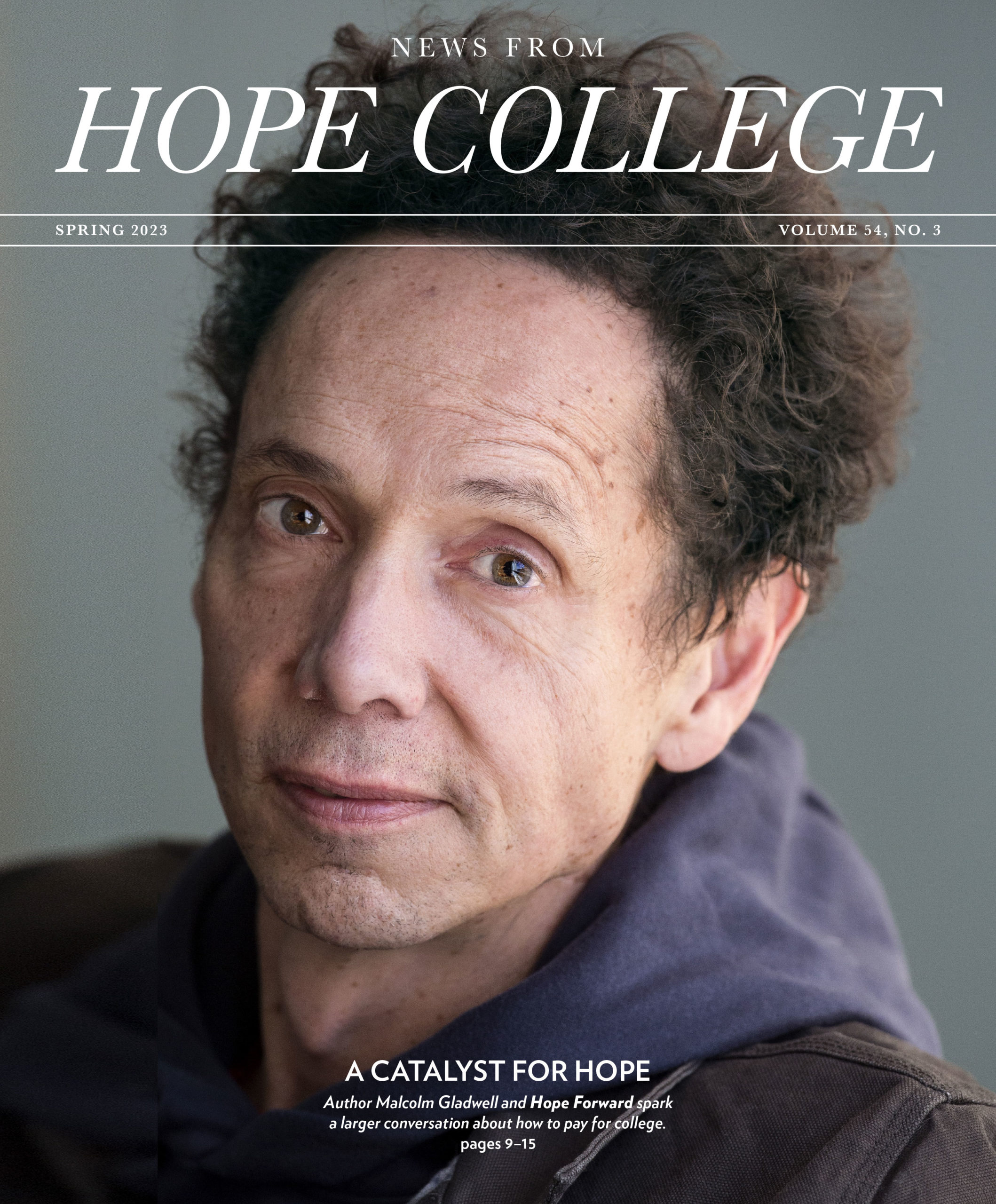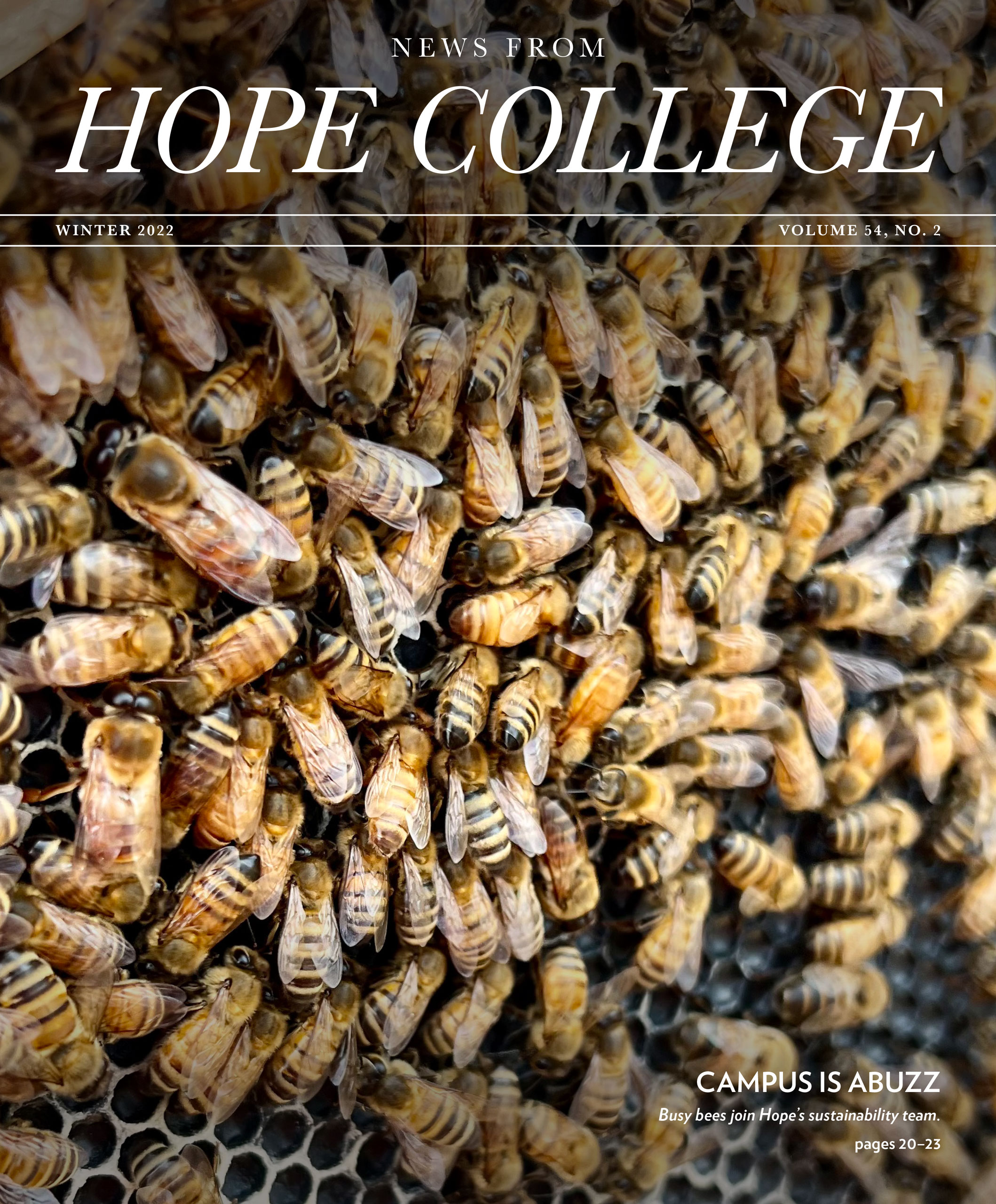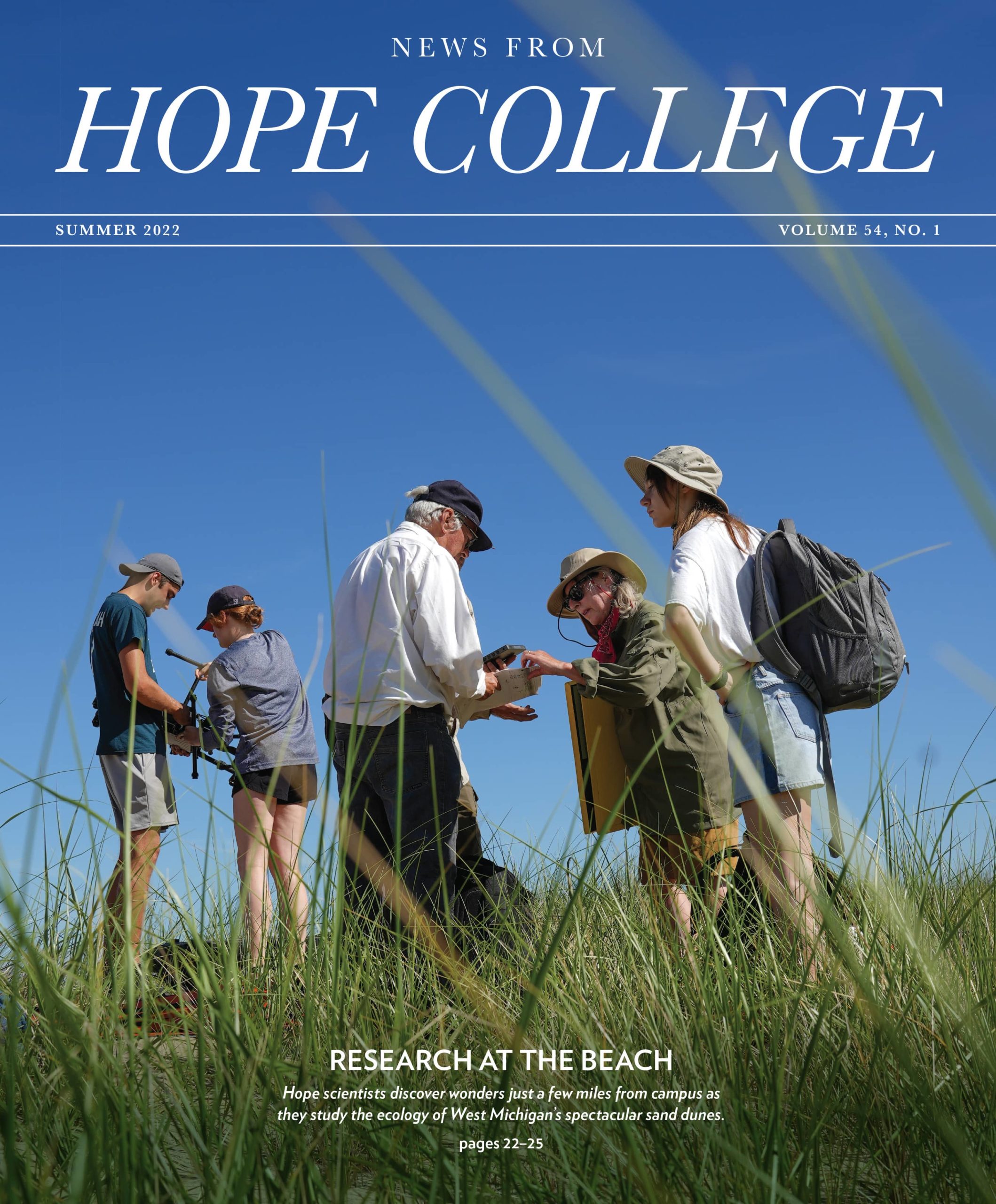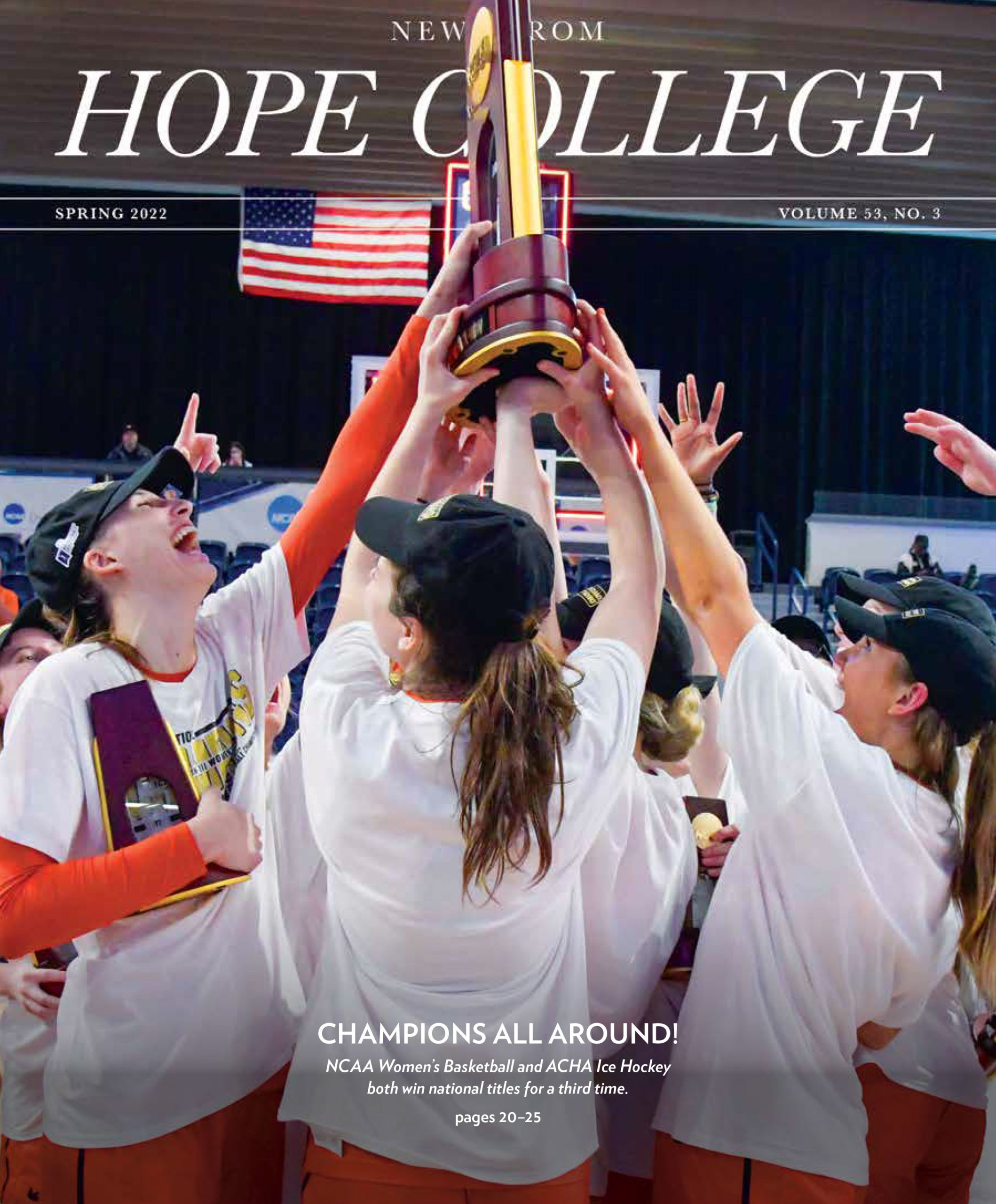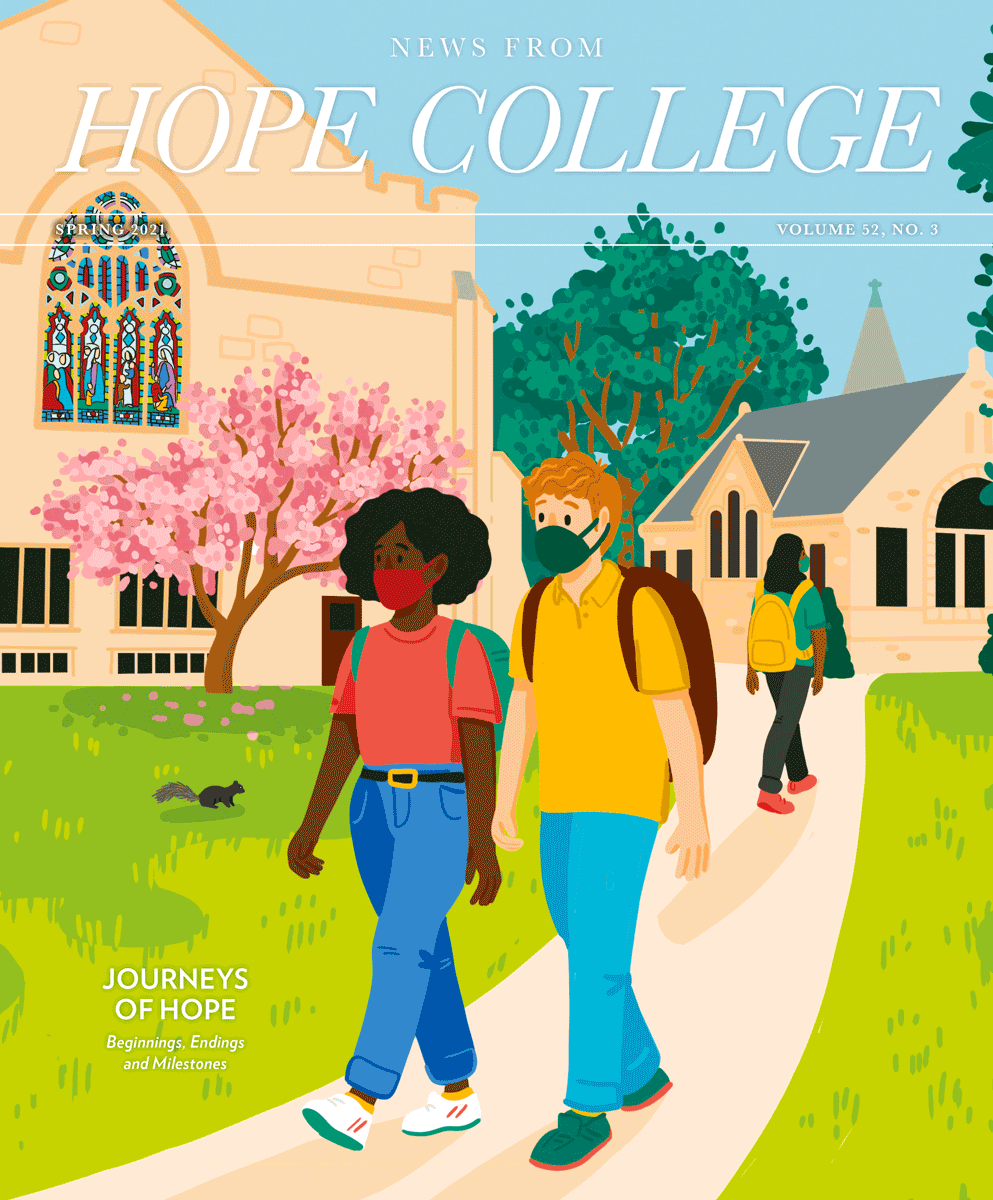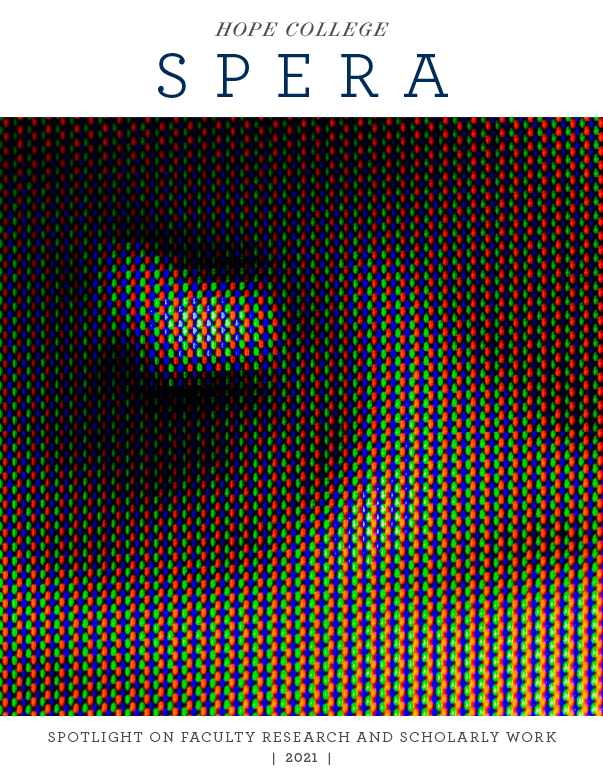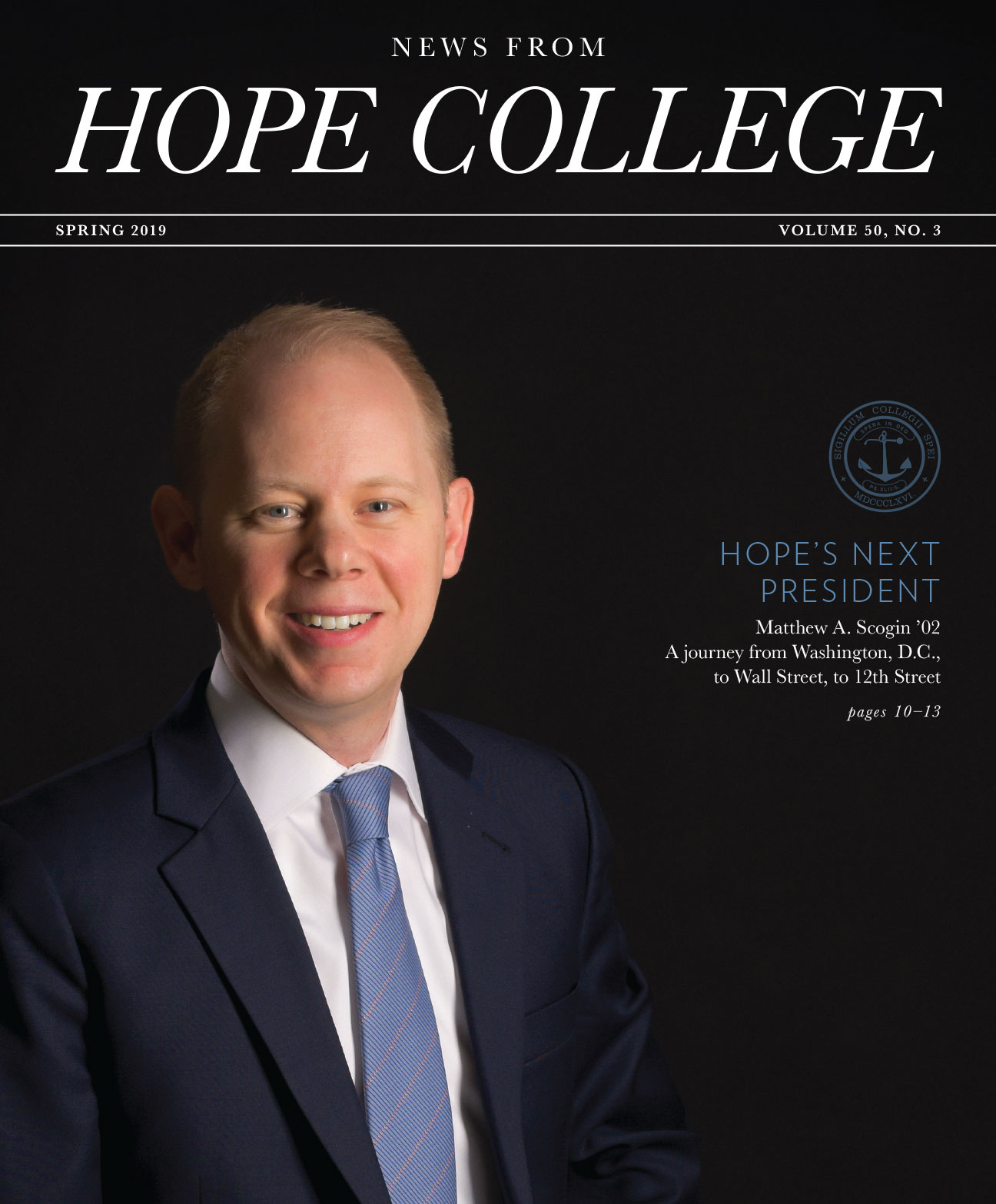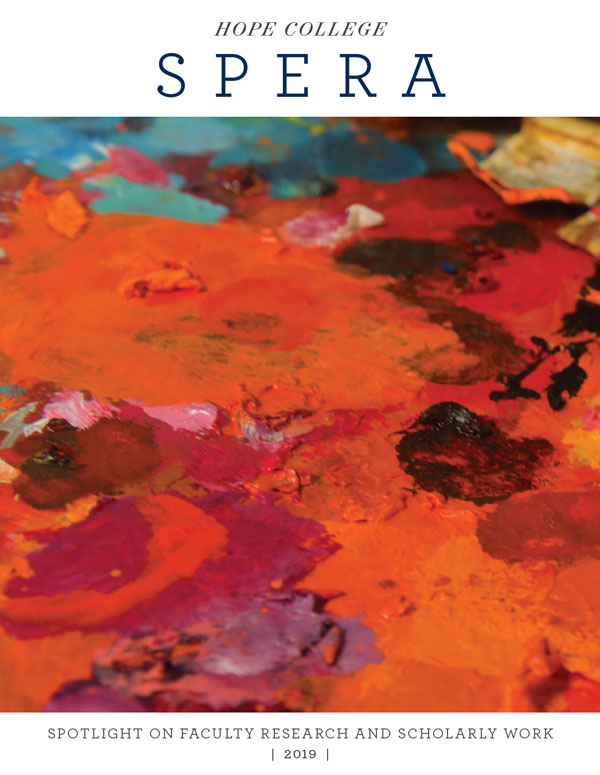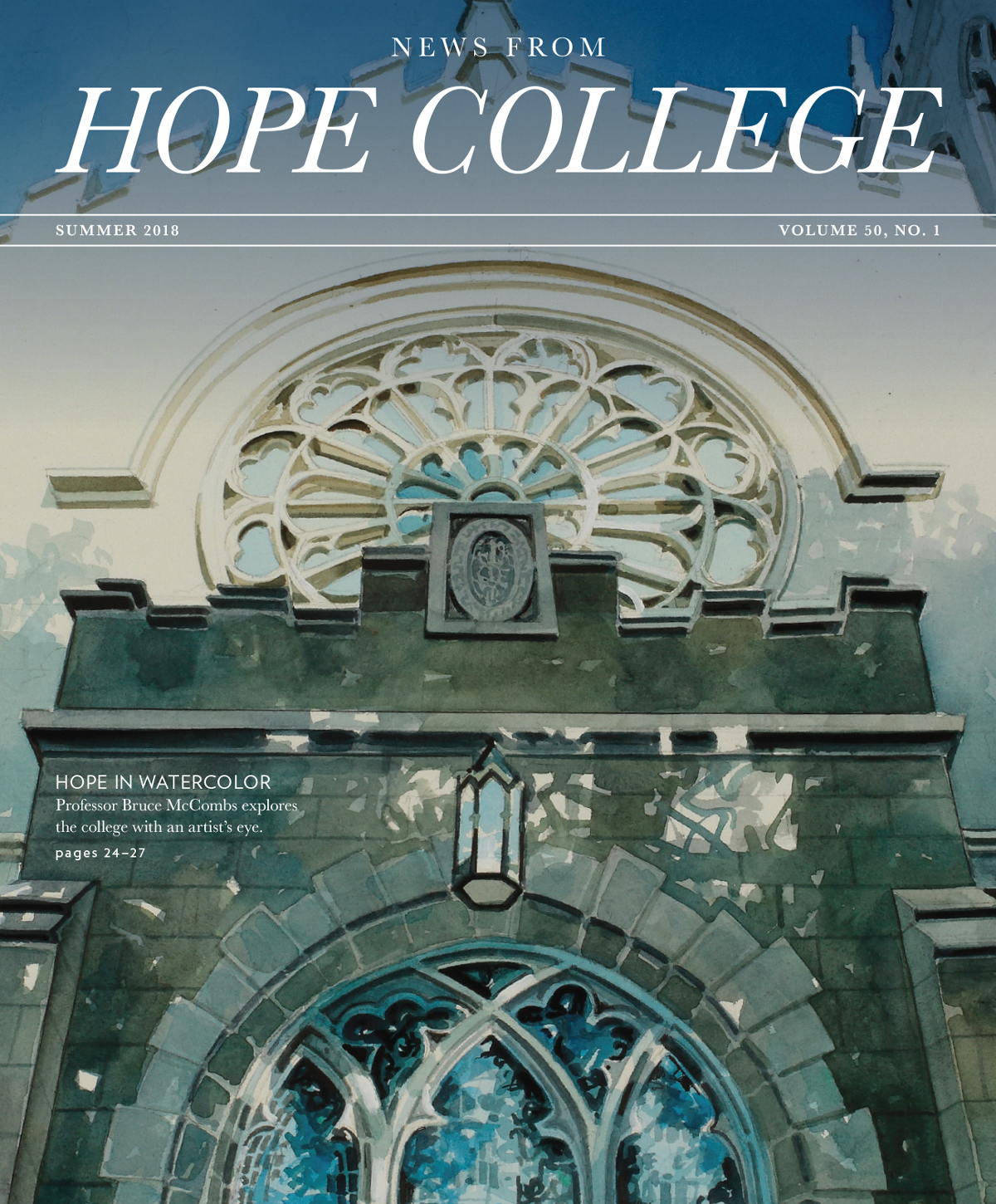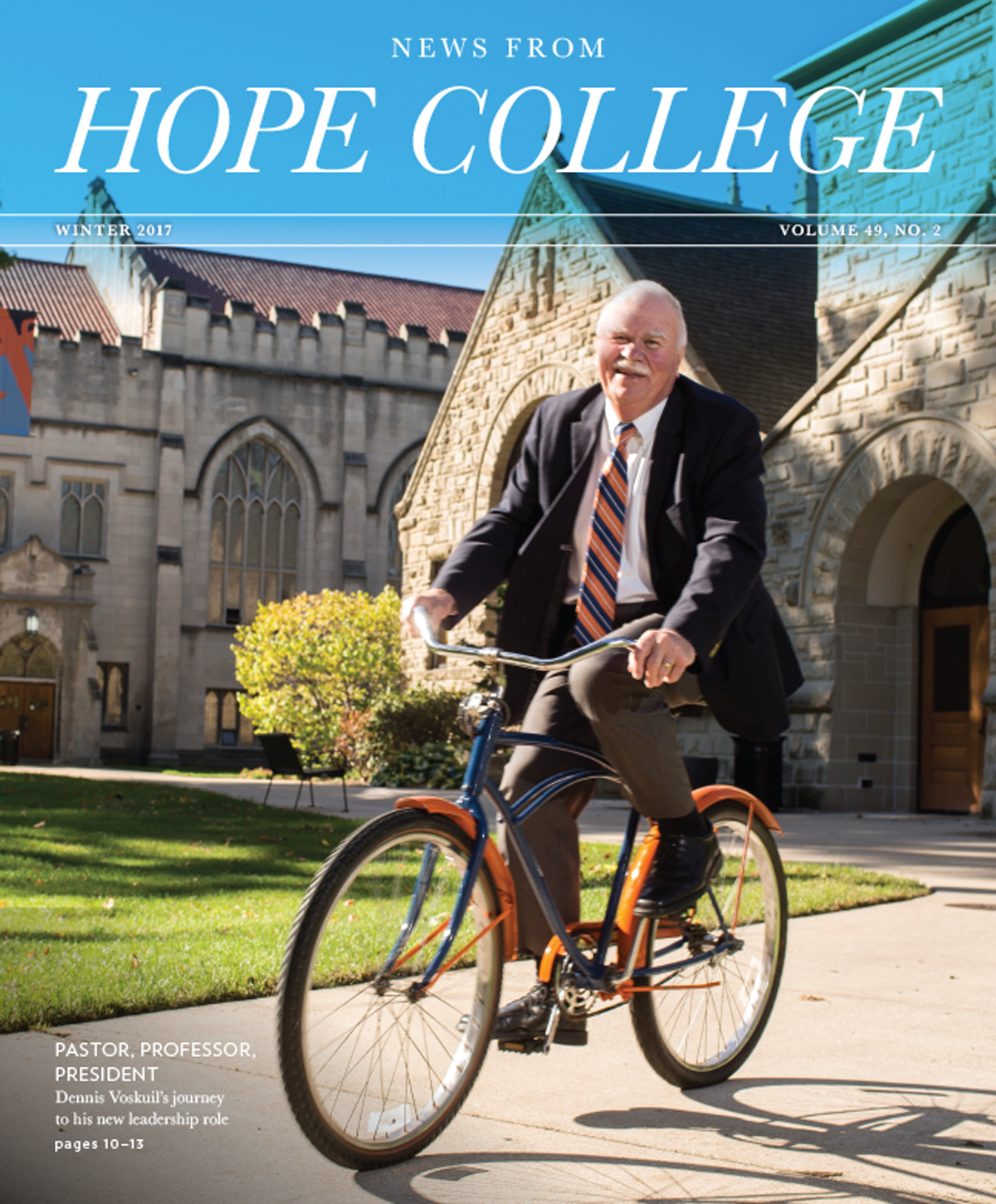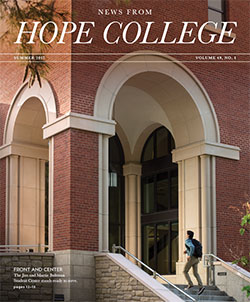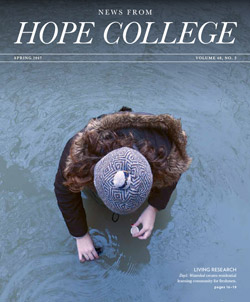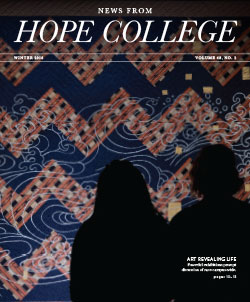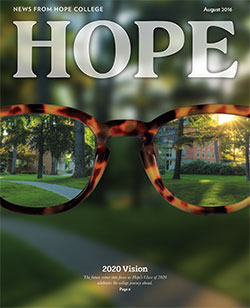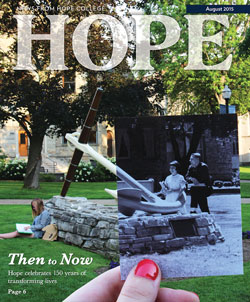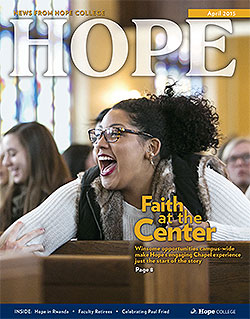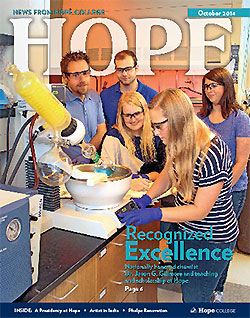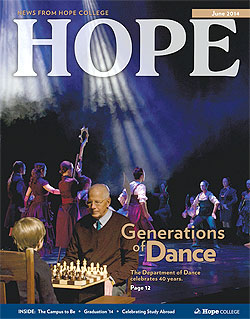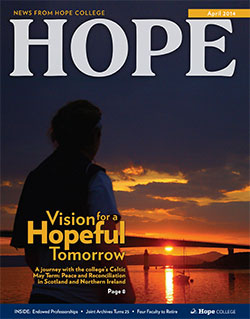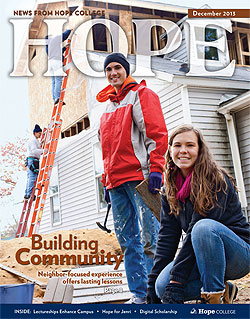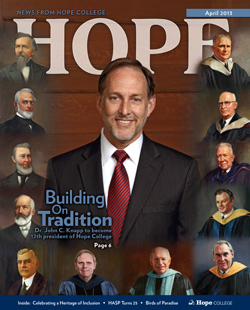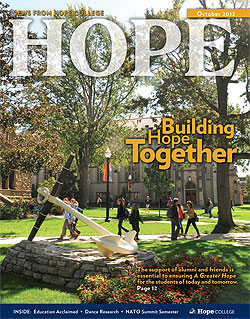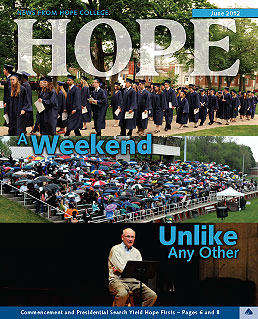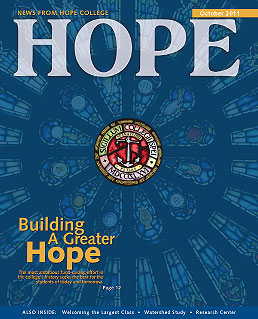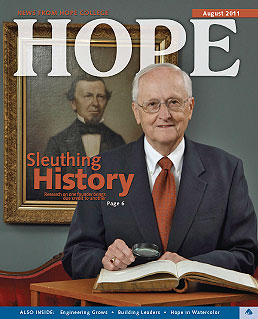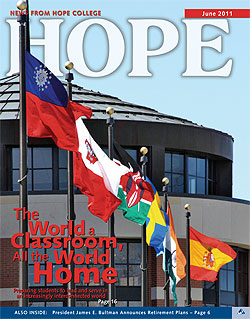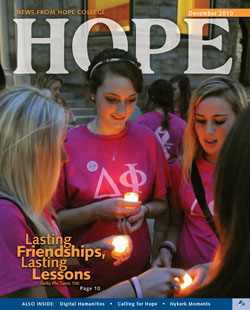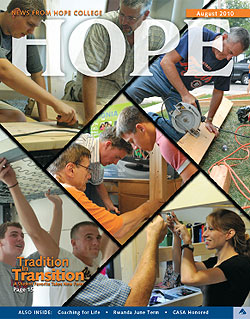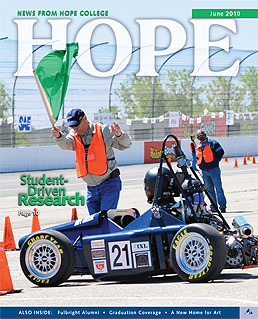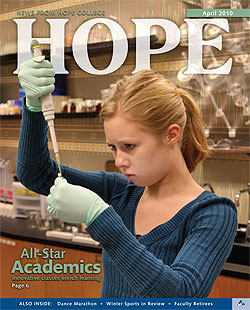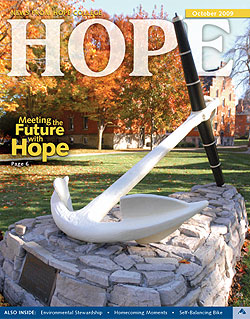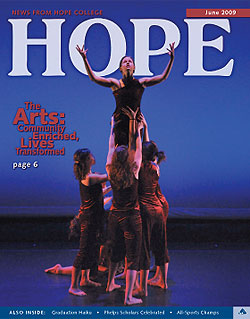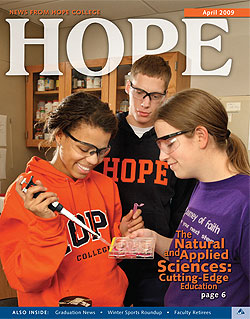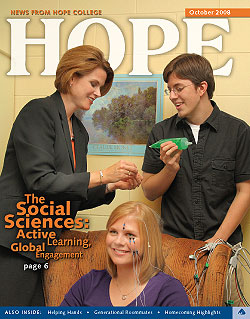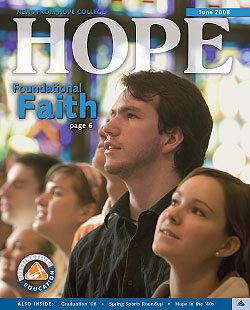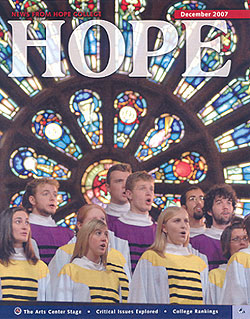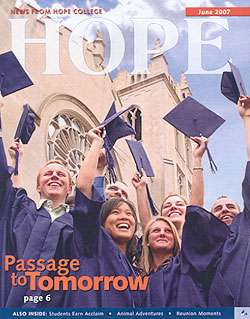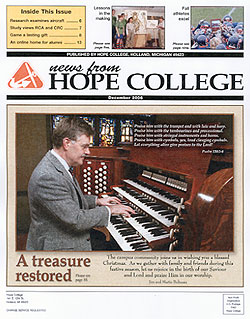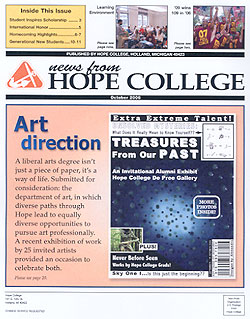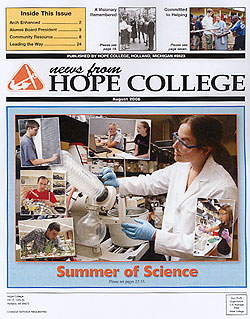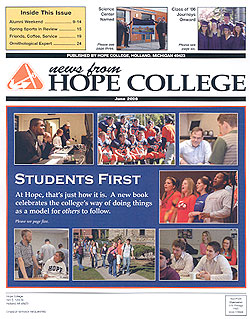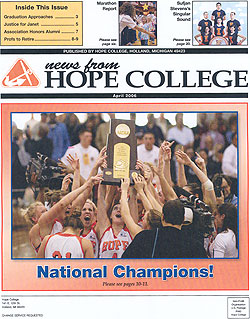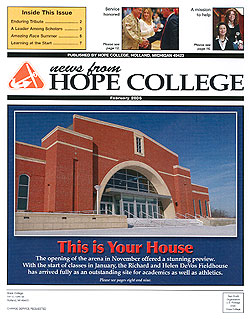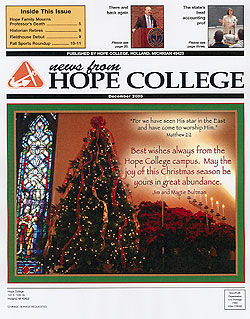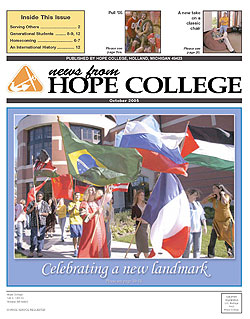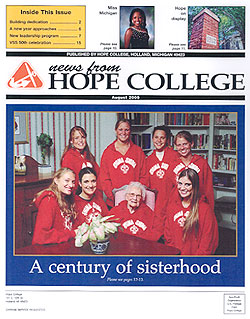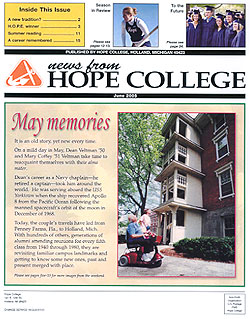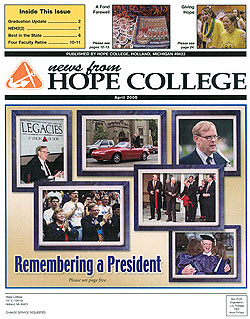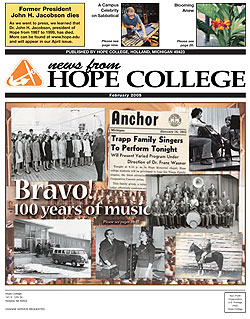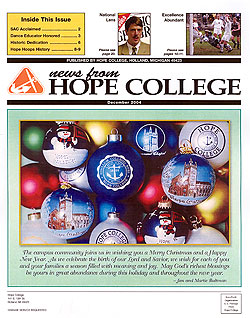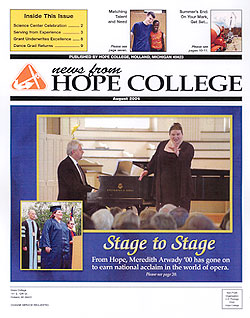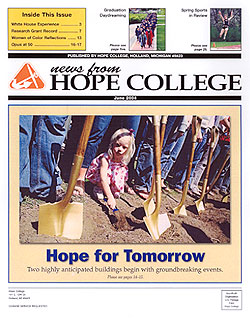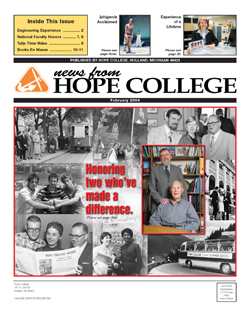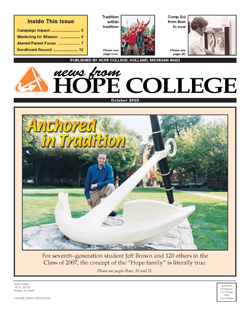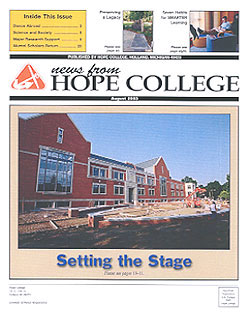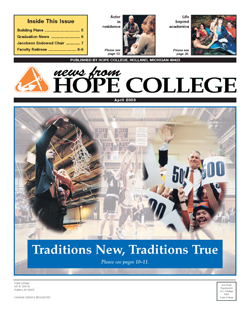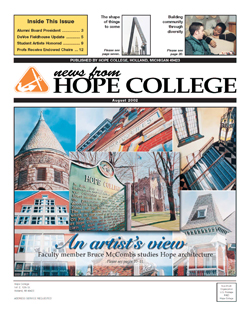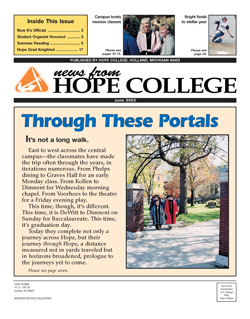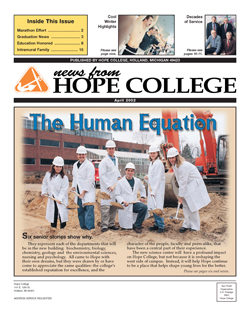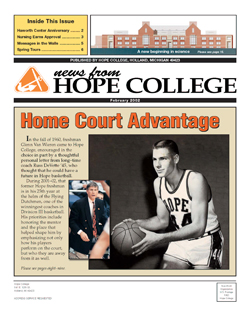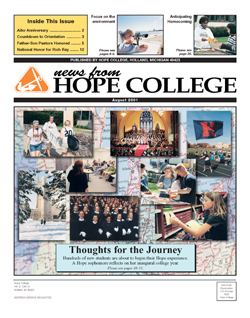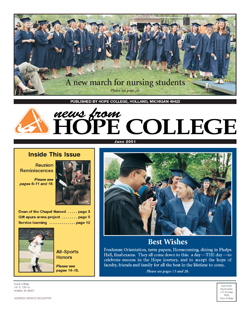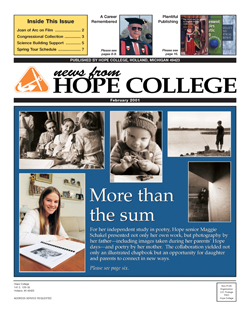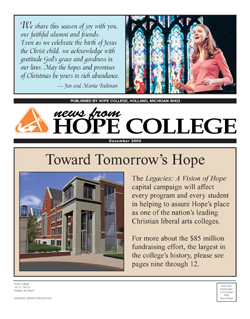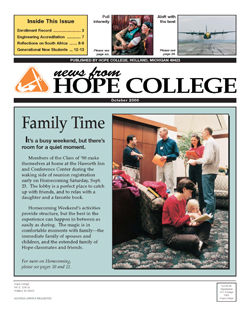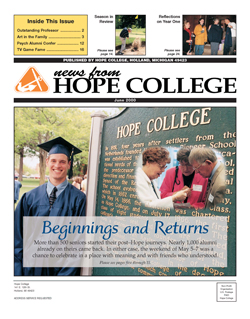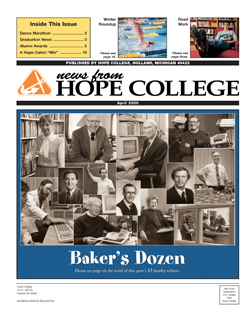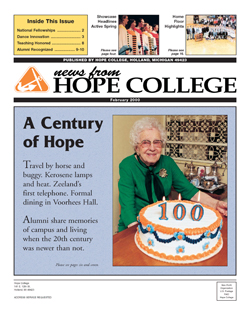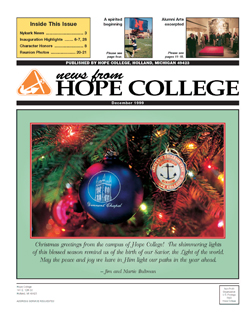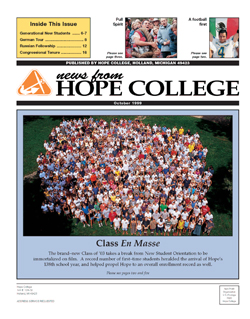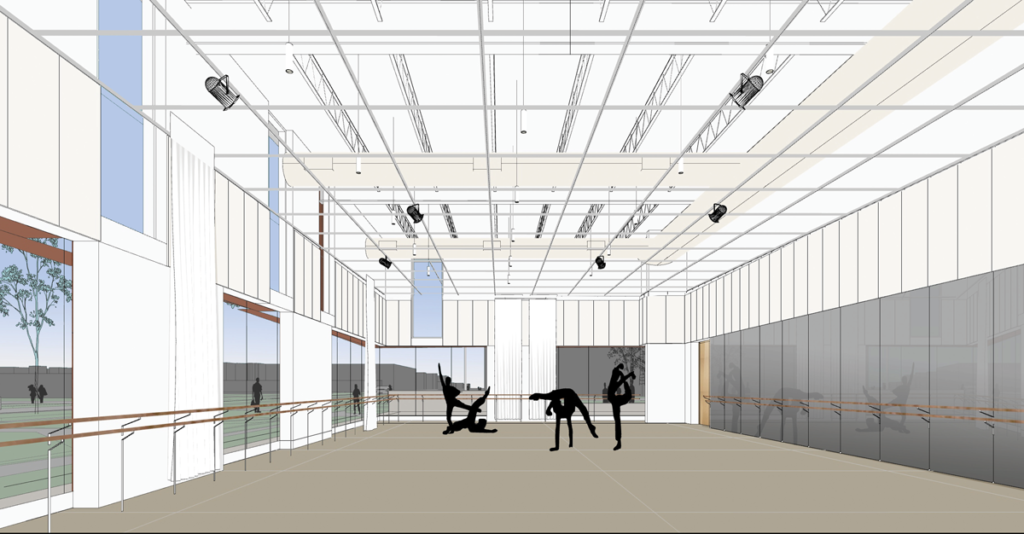A New Jewel in the Crown
A major addition planned for the DeWitt Center will provide essential instructional and rehearsal space for the college’s internationally recognized and nationally accredited Department of Dance, along with other improvements that will benefit everyone who is either on stage or in the audience in the adjacent main theatre.
Facing Columbia Avenue near the main entrance, it will prominently feature a state-of-the-art, 3,900-square-foot dance studio that can double as a performance venue for dance, Hope Summer Repertory Theatre and others. It will also include dressing rooms and a green room; and — for audience members — additional restrooms in the lobby.
The project is the second of three for the department, which has not only outgrown its quarters but must meet new standards for accreditation that the existing facilities can’t address. The total cost for the DeWitt addition is $6 million, which includes construction and an endowment for ongoing maintenance and building operations. Work will begin once fundraising is complete; donors have contributed $3.7 million so far.
Given the circumstances, Hope has basically had two choices: scrape by, or do it right. The college has selected the second option. Clearly, the decision is good news for maintaining accreditation from the National Association of Schools of Dance, which Hope has held for nearly 40 years. There’s more, though, than competitive pride at stake. The point of the NASD standards is to serve students well — which department chair Matt Farmer ’04 noted would be the faculty’s priority even if the association didn’t exist.
“First and foremost, we’re a student-centered department,” said Farmer, who is the Dorothy Wiley DeLong Associate Professor of Dance. “That started with Max [department founder Maxine DeBruyn]: ‘What is best for students: how we teach, what we teach — the curriculum that we have.’”
The department’s primary instructional space has been on the second floor of the Dow Center, which opened in 1978 — three studios since a 2002 renovation. The construction of the DeVos Fieldhouse added another in 2006. (Alumni may also remember classes in Durfee Hall’s Juliana Room, retired from service several years ago.)
As it happens, the fieldhouse studio was the first to be updated, with the addition this past school year of a “basket-weave” sprung floor for use in tap. It was crucial timing, since Hope had the opportunity to host an international tap festival directed by faculty member Heather Cornell.
Renovating the Dow will be the third project, and although the design is still in the preliminary stages will likely be extensive. The new NASD requirements include that studios have at least 2,400 square feet and ceilings at least 15 feet high. Hope can’t achieve that in the Dow’s current configuration without raising the roof, which isn’t an option. So, the plan is to create two 2,400-square-foot dance studios out of the two-story-tall racquetball courts, and the adjacent exercise/weight rooms. The portion of the second floor currently occupied by studios would be renovated as open space housing exercise and weight equipment to provide a better workout experience for students.
In the meantime, the sooner-to-come DeWitt project will put the dance program at the literal center of the “arts corridor” that runs from Eighth Street to 13th Street. The five blocks begin with the community’s Holland Area Arts Council, and continue with Hope’s Jack H. Miller Center for Musical Arts, DeWitt Center, Kruizenga Art Museum, De Pree Art Center and Gallery, and Dow Center.
Farmer is pleased at the chance that the location and the towering windows of the addition will present to showcase Hope dance, a tradition of more than 50 years, not only on performance nights, but day-to-day.
“Where a space is located says a lot about an institution’s support,” he said. “I’m excited that students and community members will be able to walk by and see live dance all the time.”

